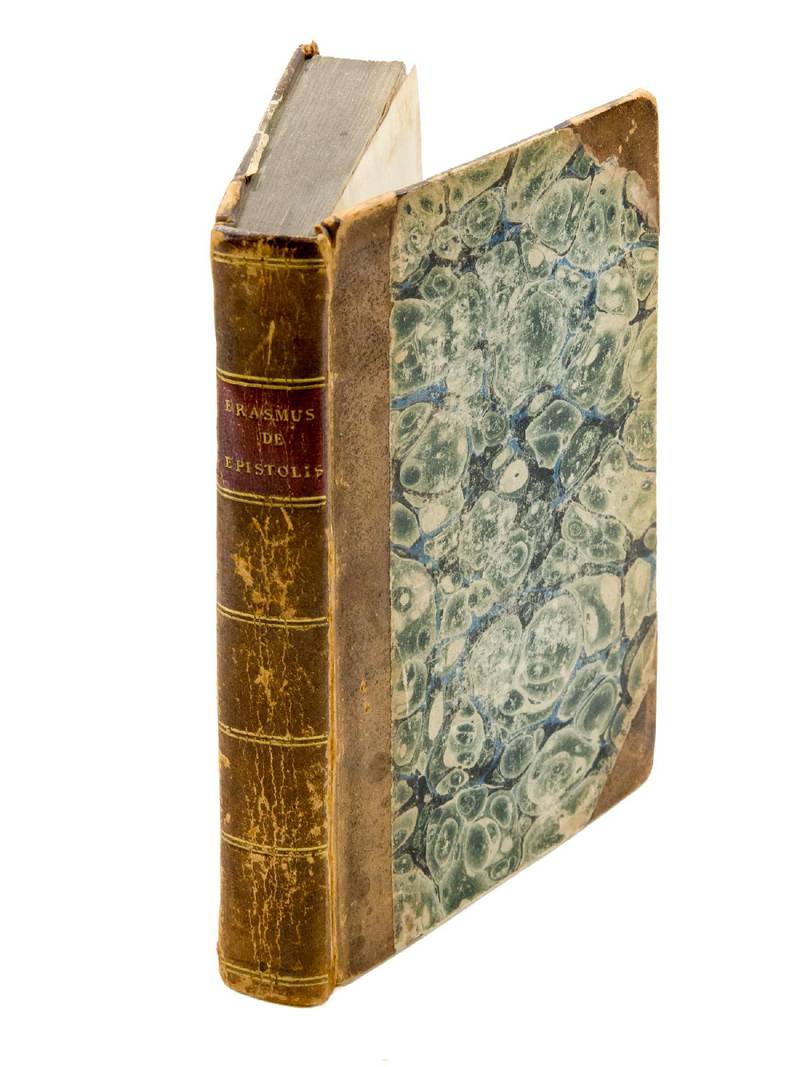Opus de conscribendis epistolis, ex postrema autoris recognitione emandatius æditum. Cum Annotationibus marginalibus, quæ partim artificium, partim authorum locos explicant. Additus est copiosus rerum index
Autore: ERASMUS, Desiderius (1466-1536)
Tipografo: Jan van der Loe
Dati tipografici: Antwerp, 1543



